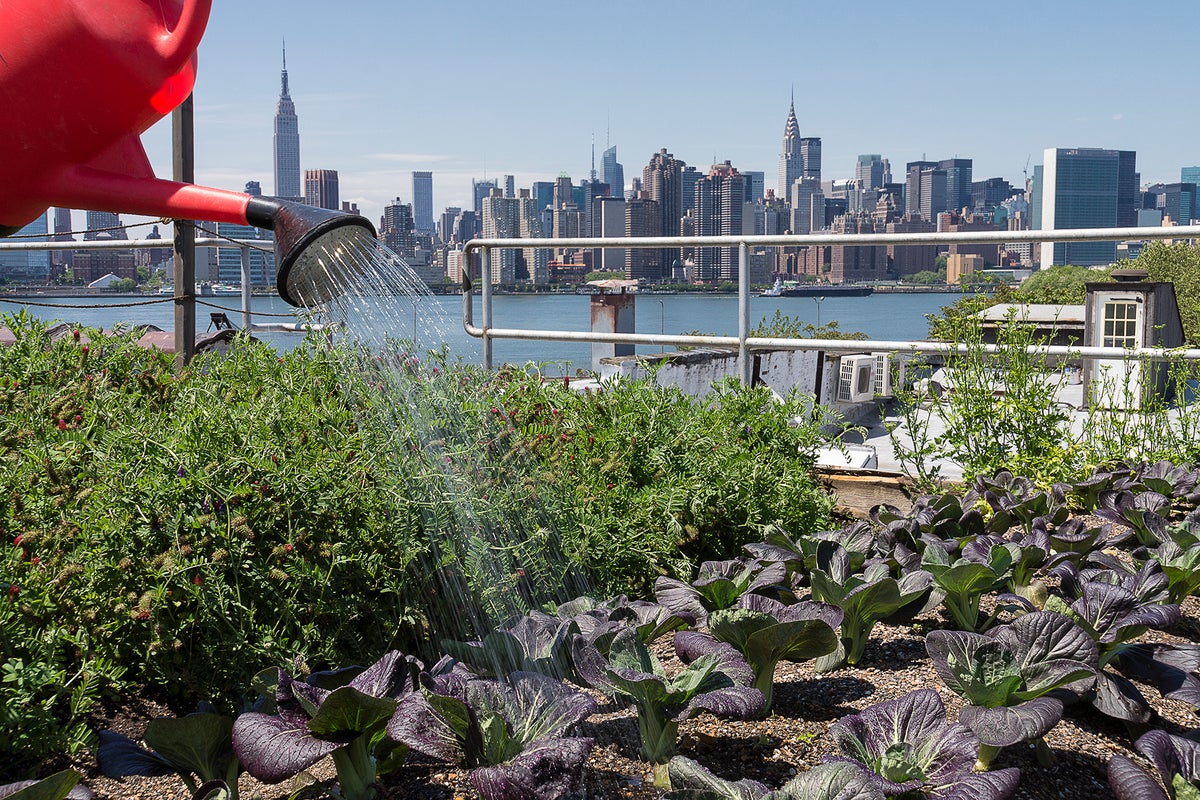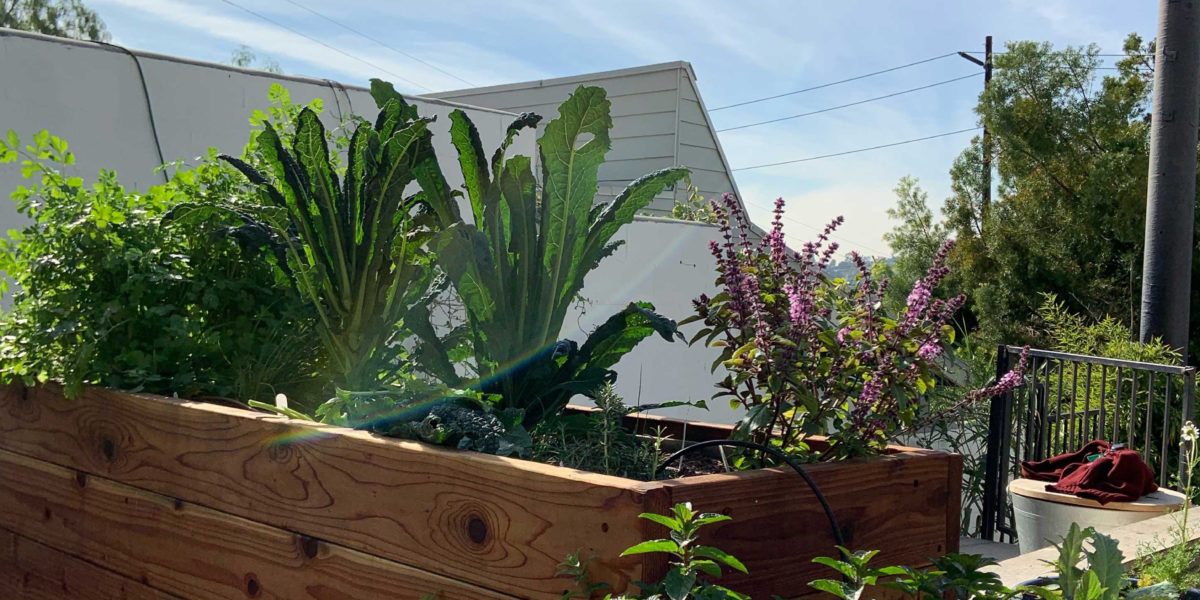The smart Trick of City Blooming That Nobody is Discussing
The smart Trick of City Blooming That Nobody is Discussing
Blog Article
City Blooming Fundamentals Explained
Table of ContentsAn Unbiased View of City BloomingHow City Blooming can Save You Time, Stress, and Money.Everything about City BloomingThe Ultimate Guide To City BloomingA Biased View of City Blooming
Fascinated in expanding food for sale in the City of Chicago? Thinking of beginning a community yard? Adjustments to the Chicago Zoning Ordinance permit agricultural usages like area yards and city farms in numerous components of the city. Below is a checklist of regularly asked questions concerning the guidelines and guidelines that cultivators must consider when intending a city agriculture job.
The zoning amendment does not customize any other codes handling composting, structure permits, acquiring or renting City had residential or commercial property, company licenses or environmental contamination. There are existing codes that control these concerns and they stay completely result and might apply to your task. Neighborhood yards are typically owned or handled by public entities, civic companies or community-based organizations and maintained by volunteers.
Urban ranches grow food that is intended to be marketed, either on a nonprofit or for-profit basis. As a result of their business function, city ranches require a business permit. Yes. A community yard is enabled to sell excess produce that was expanded on website if the sales are accessory or secondary to the yard's main objective explained over.
City Blooming Things To Know Before You Get This
Composting is permitted yet just for plant material that is produced and made use of on website. The quantity of garden compost material can not exceed 25 cubic yards at any offered time according to the criteria in 7-28-715 of the City's Municipal Code. Yes. Due to the fact that the soil at many new yard websites needs amending, garden compost, soil, timber chips, or other materials can be acquired to build or improve the growing area - balcony and patio garden design.

If a structure permit is required then the hoophouse will certainly be considered an accessory building. You can find out even more regarding the building authorization demands by speaking to the Department of Buildings. The 25,000-square-foot dimension limitation is intended to stop a solitary neighborhood yard from dominating an offered block or detracting from the block's existing residential or commercial character.
The limit does not apply to yards located in Public Open Area (POS) districts. Can there be greater than one neighborhood garden that is 25,000 square feet on a solitary block? Yes. The size limit uses to individual gardens, not to private blocks. No. Fencing is not required, however, gardens that have huge parking lot might be called for to set up secure fencing or various other landscaping attributes.
Indicators on City Blooming You Should Know
B1 & B2 areas need that all industrial use activities be carried out inside your home. Is fence required for urban ranches? Fences may be required, along with landscaping and testing, for particular car park locations and outside work or storage space areas depending on location and the details activity taking area.
Urban farms call for structure authorizations and zoning authorizations prior to building (indoor plants). Other kinds of city evaluation may be called for depending on certain structures, activities, size, landscape design, licensing, public heath and stormwater management concerns.
The Division of Business Matters and Consumer Defense can help establish the specific kind of business permit that's required. Off street vehicle parking is required for a lot of industrial tasks in Chicago. The required number see it here of car parking rooms is based on the number of workers functioning on site and not the square video of the expanding area.
City Blooming - The Facts

Yes. A city farm can offer garden compost product generated on website, nevertheless, the procedure should abide by the regulations in 7-28-715 of the Chicago Municipal Code. Yes. Aquaponic systems are allowed indoors on city farms in many zoning districts. Nevertheless, a zoning evaluation and building permit is required in order to install frameworks or systems and a company permit is needed as defined over.
Approximately 5 hives or nests of honey bees may be maintained as an accessory usage. Beekeepers need to sign up with the Illinois Department of Agriculture. To find out more concerning the recommended zoning change you may contact the Division of Housing and Economic Development, Bureau of Preparation and Zoning at 312.744.8563.
Farming in cities and city areas An urban ranch in Chicago. Urban agriculture describes different practices of growing. https://myanimelist.net/profile/cityblooming, processing, and dispersing food in urban locations. The term additionally puts on the area tasks of pet husbandry, tank farming, beekeeping, and cultivation in an urban context. Urban agriculture is distinguished from peri-urban agriculture, which occurs in backwoods at the edge of suburbs.
How City Blooming can Save You Time, Stress, and Money.
, that seek to form social networks started on a shared values of nature and neighborhood holism. These networks can develop by way of formal institutional support, ending up being incorporated into local community planning as a "change town" movement for sustainable metropolitan development.
Some of the first evidence of urban farming comes from Mesopotamia.
Report this page